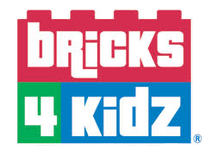As little hands manipulate and test the blocks, other things are brewing in those young, pliable minds. They are building their spatial abilities — the ability to visualize and plan three-dimensional objects. As your understanding of the space around you grows, so do your spatial abilities.
Strong spatial abilities are associated with science and technology careers, such as chemistry, engineering and mathematics. Even if your child shows other interests, they can still benefit. Research has also found that spatial skills are important in architecture, visual arts and even medicine. Even more surprising, research has found a strong correlation between strong spatial reasoning with innovation and creativity later in life.
The good news is spatial skills are not necessarily about aptitudes, or being “born with it.” While that may certainly be the case, it is also true that spatial skills can be improved with training. Numerous studies have shown that kids show improvement on spatial reasoning tests after spending time with LEGO Bricks and other kinds of construction play.
Here’s one that’s especially striking. As a society, we often think of guys as having a natural ability for spatial reasoning as compared to women. We tend to build our playtimes around this bias. But one Harvard study smashes that notion: After 21 days of practice, men and women performed equally well on spatial reasoning tests, even though the women in the group performed worse at the start of the study.
So how do we build these skills? The traditional classroom setting spends little time with actual hands-on activities to develop valuable spatial skills. That’s why it’s important for parents to bridge that gap at home. Offer and encourage plenty of hands-on activities, and you can give your kids a genuine brain boost! During school holidays why not send your kids to a Bricks 4 Kidz camp!

